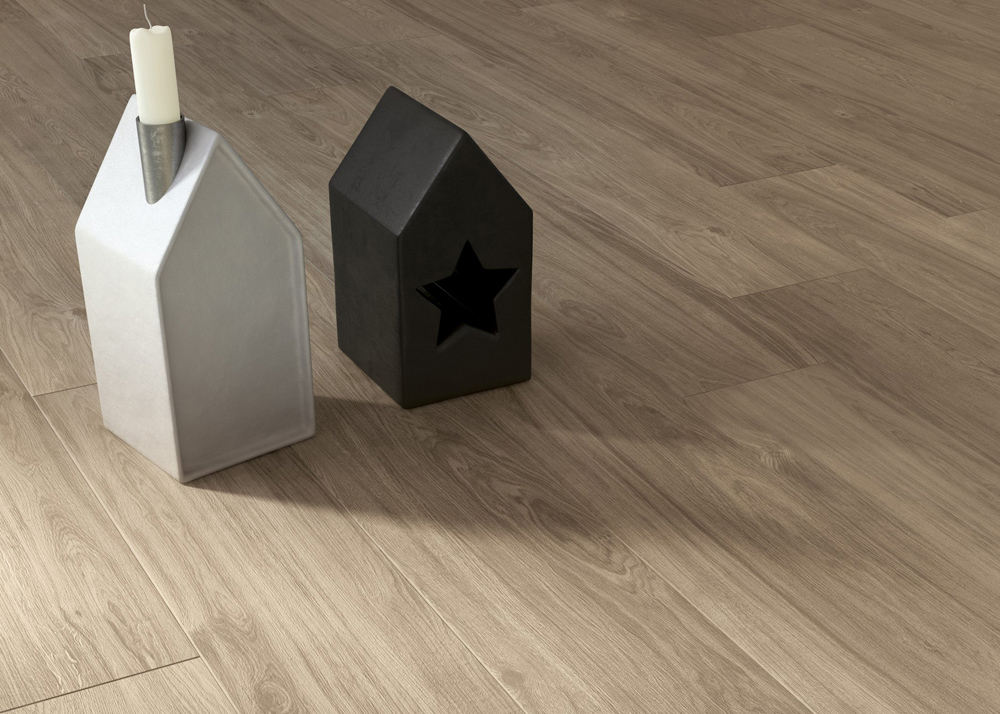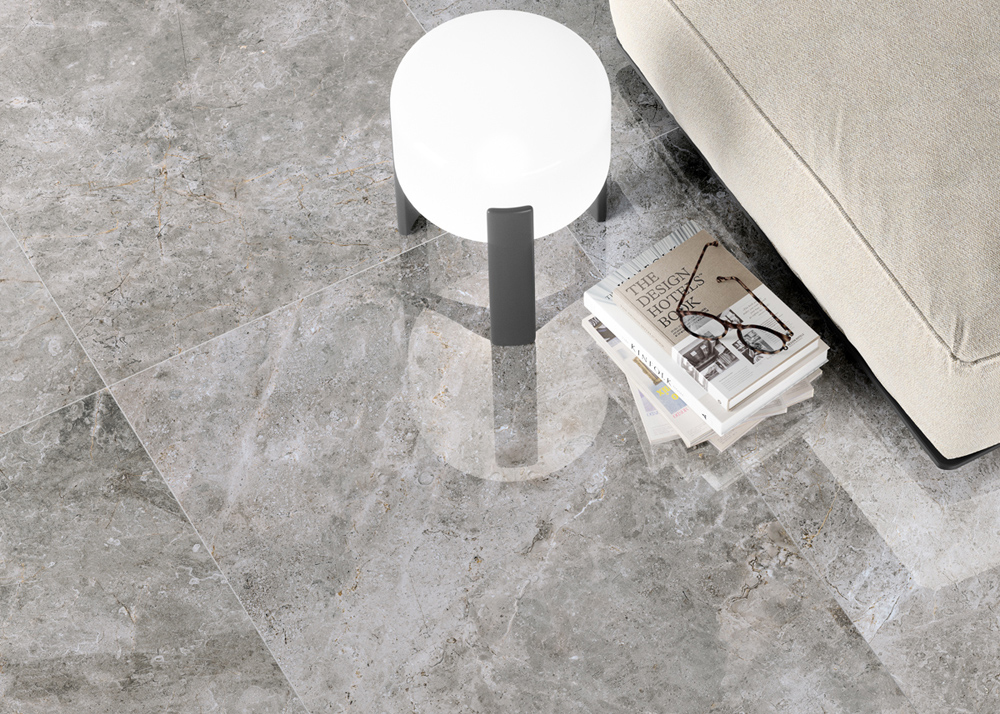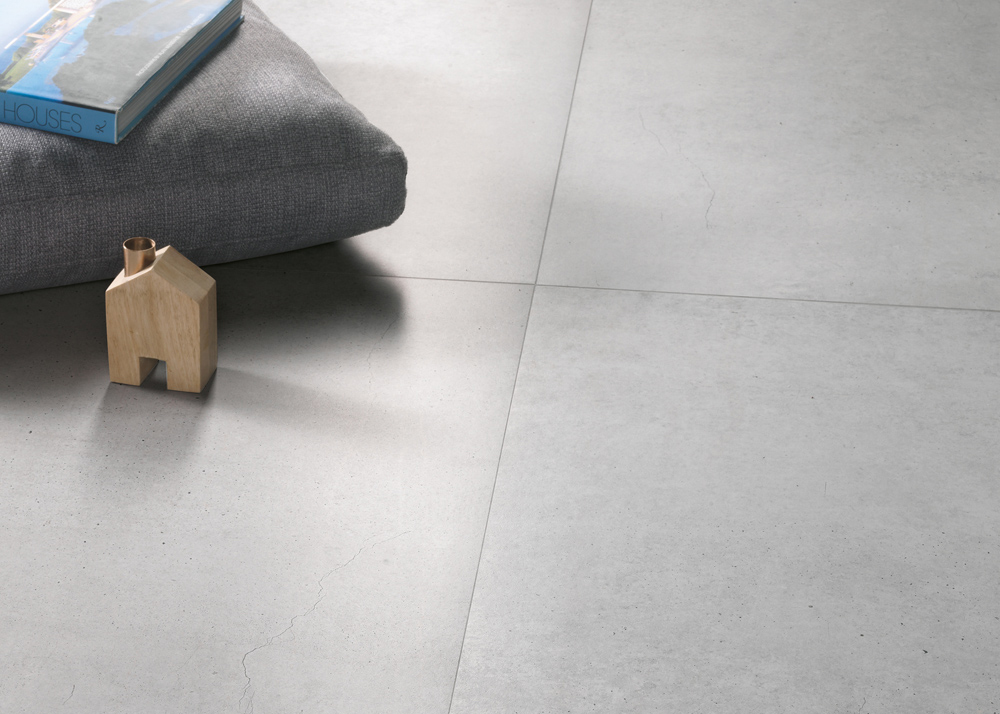How to Choose the Suitable Floor or Cladding: Expert Guide
In order to choose the most suitable kind of tiles for your plan, it is necessary to take into consideration both technical and aesthetic aspects.
The technical features
The technical features are those necessary for the material’s suitable and reliable performance.
They can be divided as follows:
- uniformity features
- structural features
- massive mechanical features
- surface mechanical features
- thermo-hygrometric features
- chemical features
- safety features
Uniformity features determine the suitability of a batch of tiles to perform a “regular” tiled surface, or free of “irregularities” like bumps or dimples, steps between adjacent tiles, irregular joints course.
Structural features refer to the real structure of the material the tile is made of: in particular to its porous structure.
The tile porosity provides an immediate indication of the water absorption, which reaches the lowest levels with porcelain stoneware.
The products with higher levels of water absorption are mono-porous, majolica tiles, cottoforte and terracotta.
Massive mechanical features concern the load bearing strength (for example the weight of people and furniture on a floor) to which the tiled surface may be exposed. We call them “massive” since they refer to the tile’s “mass” and in order to distinguish them from the “surface” features that concern its surface. The mechanical features are the bending strength and the breaking stress.
The first one concerns the material the tile is made of, and it is directly proportional to the water absorption.
The breaking stress is a property peculiar to a finished tile, with its own structure and size. Therefore, it is directly proportional to its thickness.
Among these features we also find the impact strength.
Surface mechanical features
These features refer to the working surface of the tile and they can be associated with the resistance to scratches, wear and deterioration, due to the handling/moving of hard bodies on the surface and in contact with it.
These features are very significant in case of floors.
The most important one is the abrasion resistance that provides a measurement of the propensity of a tile to wear down (if unglazed) or to alter its appearance (if glazed) as a result of the above mentioned conditions. As for unglazed tiles, this value tends to increase as water absorption decreases, therefore, porcelain stoneware will have the highest level and the best performance.
However, the resistance to abrasion can vary depending on the treatments the tiles can be submitted to: in case of terracotta, the impregnation with various substances, natural or synthetic; in case of porcelain stoneware, polishing and smoothing.
As for glazed tiles, the abrasion resistance depends exclusively on the glaze. Light glazes show a greater wear deterioration, also due to the fact that they are harder to clean.
Thermo-hygrometric features
These features describe the resistance to specific temperatures (“thermo”) and dampness (“hygrometric”) conditions, such as thermal shock and frost resistance and for glazed tiles only, crazing resistance. Sudden changes in temperature (for example, when a hot pot is placed on top of a kitchen tiled counter-top) and exposure to frost, should not cause any damage to the tile at all.
The frost resistance highly depends on the porosity and on the water absorption: the lower the values are, the less the chances of damage by frost will be.
Crazing, in the form of thin cracks of the glaze, can be favoured by some building or environmental conditions. The crazing resistance depends on the glaze composition.
Some types of glaze run higher crazing risks compared to others. Further thermo-hygrometric features are represented by thermal expansion and dampness expansion, that is to say the measurement of the tile dimensions increase, when submitted to higher temperature and dampness levels.
As regards to thermal expansion, no major differences exist between the various types of tiles, though a slight increase has been noticed in the presence of a great vitreous phase, which means in products with a more compact, vitrified body.
Dampness expansion is usually linked to water absorption, although considerable variations have been observed, likely due to the effects of other micro-structural features, like the type and distribution of the various existent phases.
Chemical features
The chemical features are the stain resistance, resistance to household products, acid and alkali resistance.
Resistance to chemicals is the capacity of the glaze at room temperature to tolerate contact with chemicals (domestic products, staining chemicals, pool additives, acid and solvents) without alteration in its appearance.
Safety features
These features particularly preside over the safety of tiled areas regarding accidental or sanitary risks.
The main safety feature, also very important for outdoor, public and industrial areas, is the slip resistance, which is inversely proportional to the surface friction coefficient.
Safety features also include lead and cadmium cession (metals sometimes contained in glazes), which must be checked when a contact with food substances is forecast, for example kitchen countertops.


